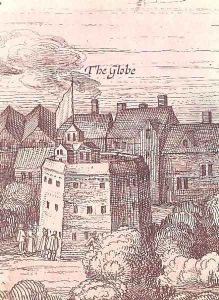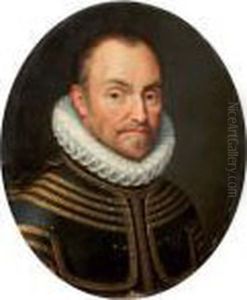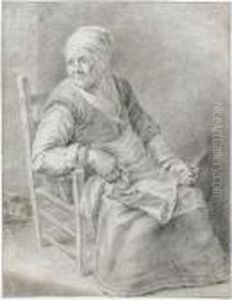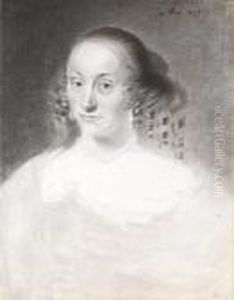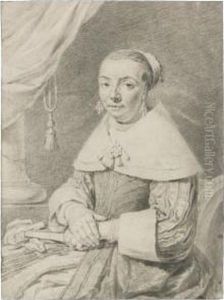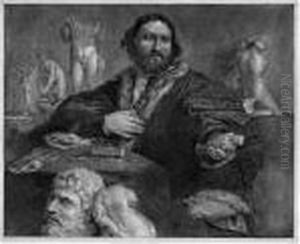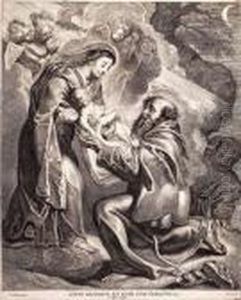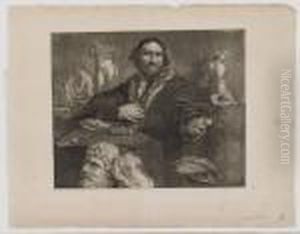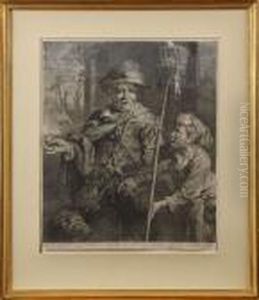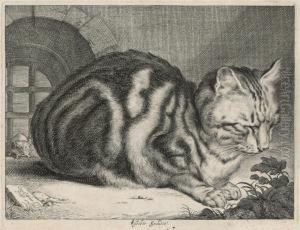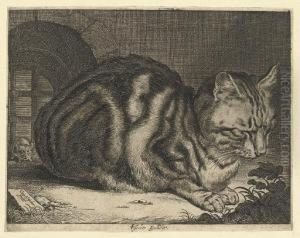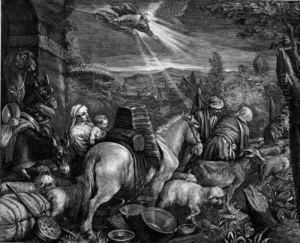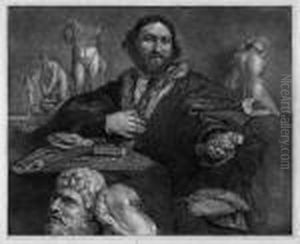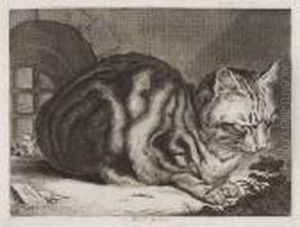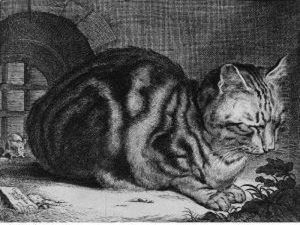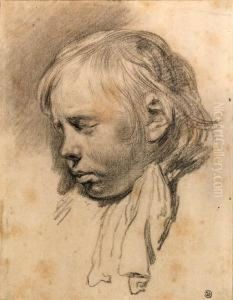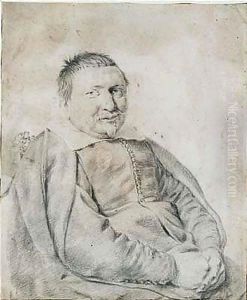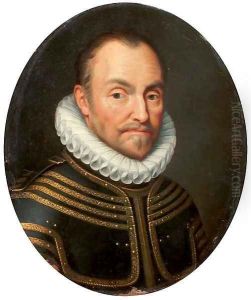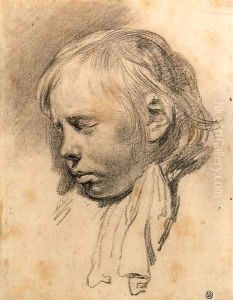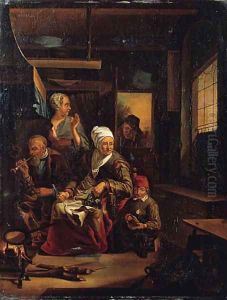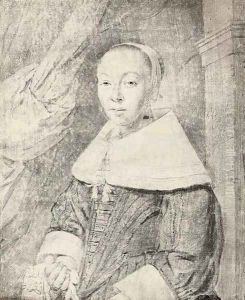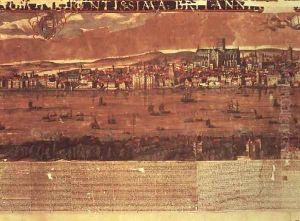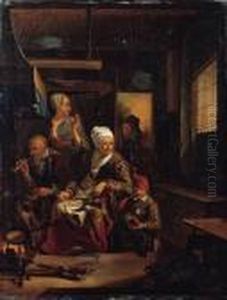Cornelius de Visscher Paintings
Cornelius de Visscher, also known as Cornelis Visscher or Cornelius Visscher II to distinguish him from other family members with the same name, was a Dutch Golden Age engraver, draughtsman, and printmaker. Born in 1629 in Haarlem, Netherlands, he was part of an artistic family; his father was Pieter Claesz. Soutman, a painter and engraver, and his brother Jan de Visscher also became a well-known engraver.
Cornelius developed a reputation for his detailed and intricate engravings which often reflected the genre scenes, portraits, and allegories popular in that period. He was particularly skilled in the art of engraving, which involves incising a design onto a hard, flat surface by cutting grooves into it. This technique was widely used for reproducing images before the advent of modern printing technology.
Despite his relatively short life, as he died at the age of 29 in 1658, Cornelius de Visscher achieved significant acclaim for his works. His engravings are characterized by a strong sense of texture and fine detail, especially noticeable in his depictions of fabrics and furs, which he rendered with almost photographic realism. His portraits are also notable for their expressive detail and the nuanced depiction of his subjects' characters.
Among his notable works are engravings such as 'The Rat Poison Seller', which is admired for its intricate detailing and composition, and his portrait of the Dutch admiral Michiel de Ruyter. His works were collected throughout Europe and had a considerable influence on the development of engraving in the Netherlands.
Unfortunately, his career was cut short by his untimely death, but Cornelius de Visscher left behind a legacy that has been appreciated by generations of art historians and collectors. His prints can be found in various museum collections around the world, serving as a testament to his mastery of the engraving medium.
